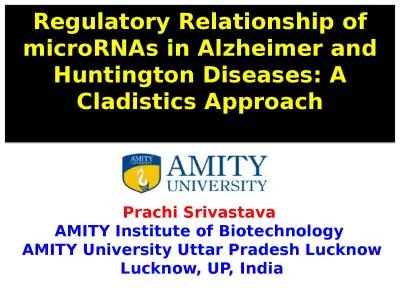PPT-Alzheimer's and Other Dementias
Author : alexa-scheidler | Published Date : 2019-02-20
Henry Pacheco MD Medicine amp Public Health Director National Hispanic Council on Aging NHCOA Washington DC National Hispanic Council on Aging NHCOA Working to improve
Presentation Embed Code
Download Presentation
Download Presentation The PPT/PDF document "Alzheimer's and Other Dementias" is the property of its rightful owner. Permission is granted to download and print the materials on this website for personal, non-commercial use only, and to display it on your personal computer provided you do not modify the materials and that you retain all copyright notices contained in the materials. By downloading content from our website, you accept the terms of this agreement.
Alzheimer's and Other Dementias: Transcript
Download Rules Of Document
"Alzheimer's and Other Dementias"The content belongs to its owner. You may download and print it for personal use, without modification, and keep all copyright notices. By downloading, you agree to these terms.
Related Documents

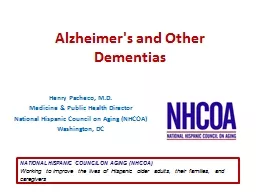
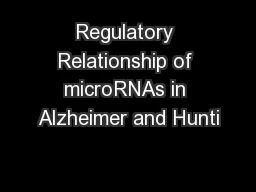
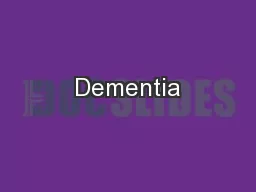
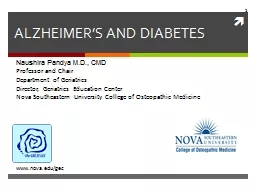
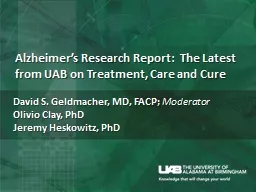
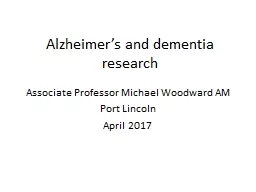
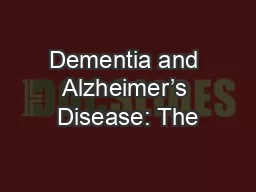
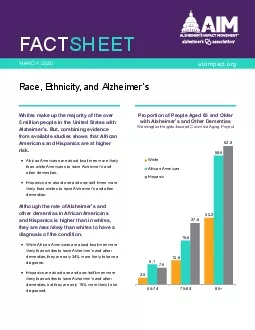
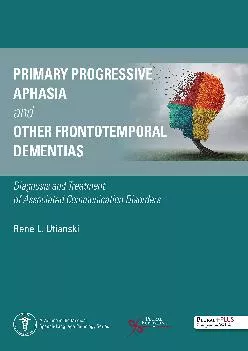

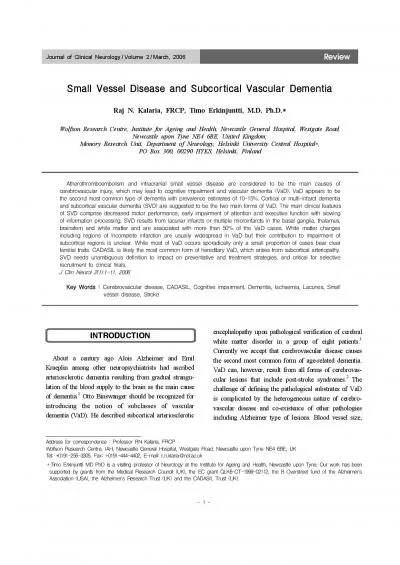
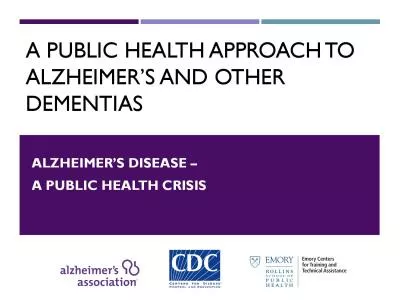
![[READ DOWNLOAD] THE 30-DAY ALZHEIMER\'S SOLUTION BOOK :: Care givers guide to Caring for](https://thumbs.docslides.com/1020284/read-download-the-30-day-alzheimer-s-solution-book-care-givers-guide-to-caring-for-people.jpg)
